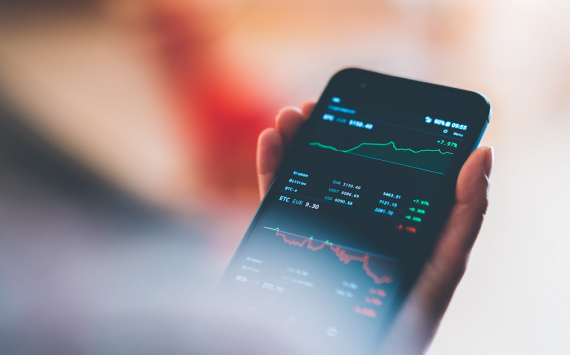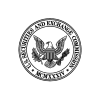
Weekend raises risk of regulatory scrutiny
Circle’s USD Coin, the world's second-largest stablecoin, took around 36 hours to fix its peg to the dollar after a liquidity crisis. While the token has been redeemed for cash, its reputation with regulators remains in question.
Regulators had their hands full with the largest US bank failure in a decade and the crypto sector's struggles. The crisis occurred after it was revealed that 8% of the reserves supporting the USD Coin were stuck at a failed lender, Silicon Valley Bank. This was a bad time for Circle, as its risk management practices were scrutinized when regulators are already paying attention to stablecoins and their issuing companies.
Circle had a good year, ending 2022 with $274 million in total revenue and reserve interest income and $43 million in net income, as well as nearly $400 million in unrestricted cash. The company also benefited from rising usage and increasing interest rates.
However, on Friday, the company disclosed that approximately $3.3 billion of USD Coin's approximately $40 billion in reserves were with the failed bank. Panic-selling ensued, causing the token to lose its peg to the dollar, falling to under 85 cents before recovering. By Sunday night, the token had largely recovered due to Circle's statement that it would cover any potential shortfalls and the government's promise to compensate depositors of failed banks.
Circle CEO Jeremy Allaire said that the company was in "active" conversations with US regulators over the weekend and that regulators want to make sure things are functioning as required. Circle was able to access SVB deposits on Monday.
Stablecoins such as USD Coin provide a way for traders to get in and out of more volatile coins like Bitcoin and Ether without having to switch between crypto and fiat currencies. The SEC has referred to stablecoins as "the poker chip" powering speculative crypto casinos, and recently notified Paxos Trust Co., which issues the Binance-branded BUSD token, that it was considering legal action. Circle maintains that its stablecoin is a payment mechanism rather than a security.
Regulators are concerned about the one-to-one backing of stablecoin reserves, which may raise questions about the way Circle manages its assets and assesses its financial partners.










